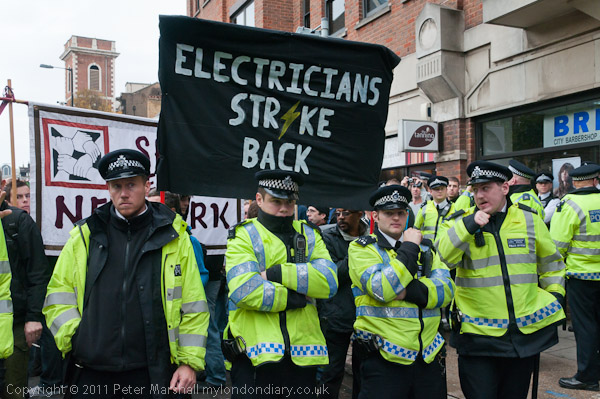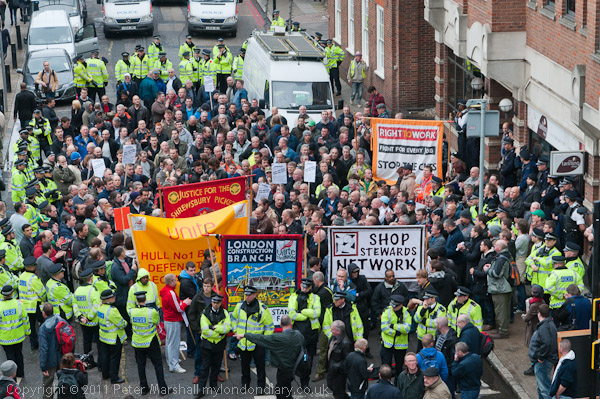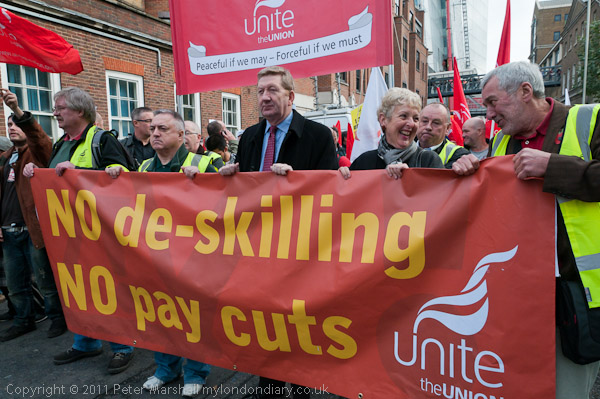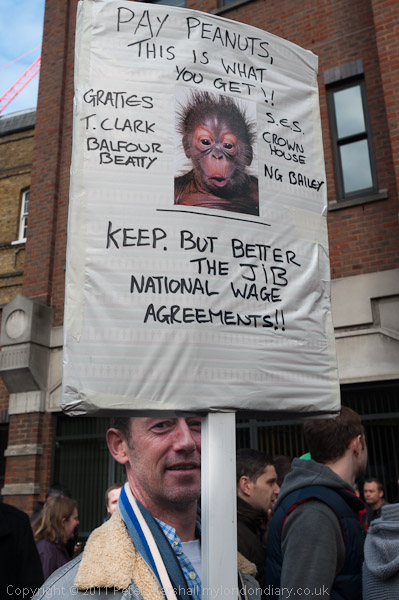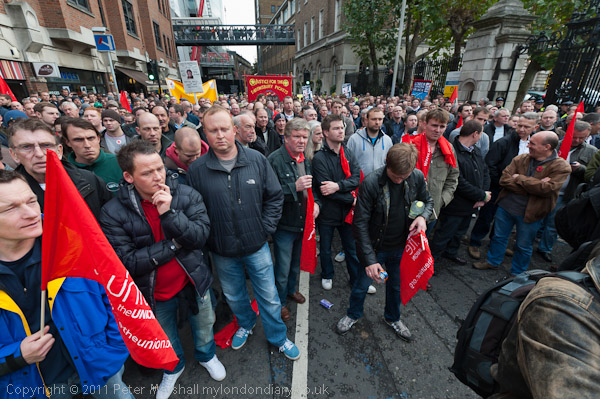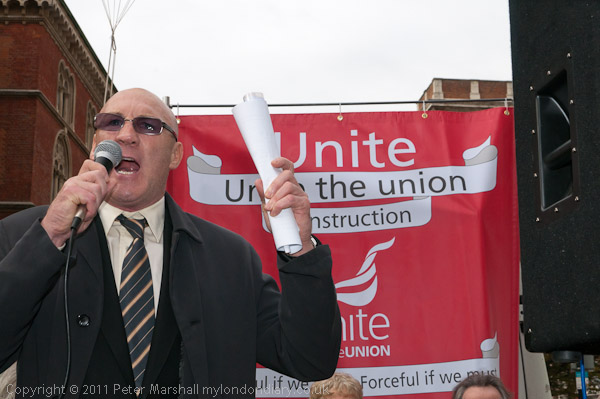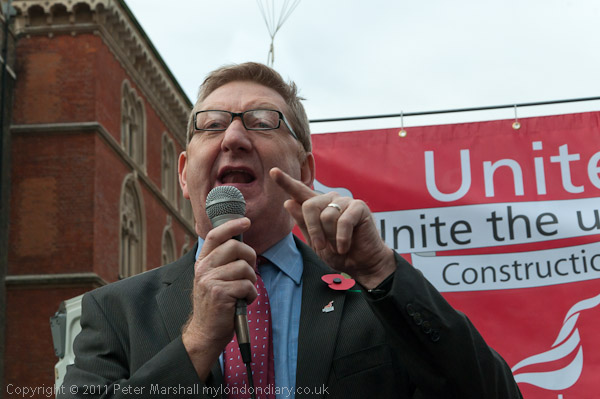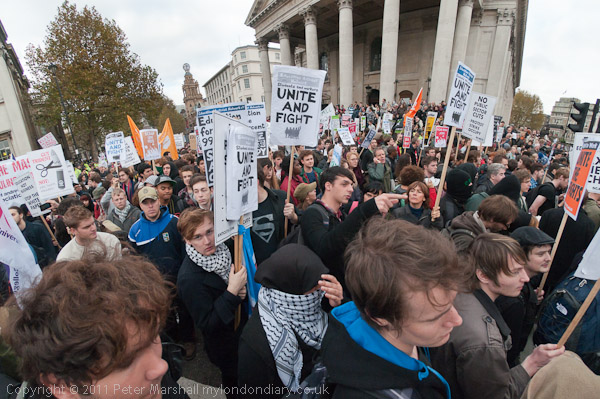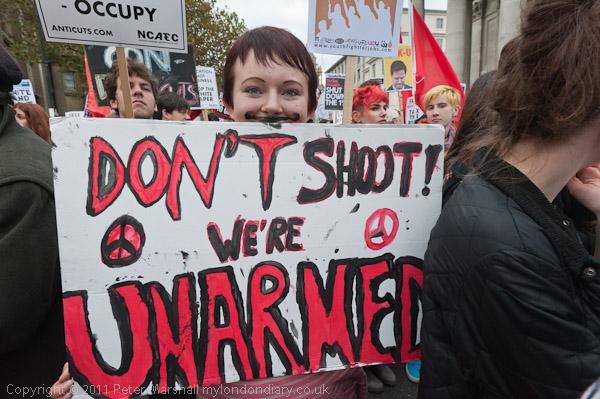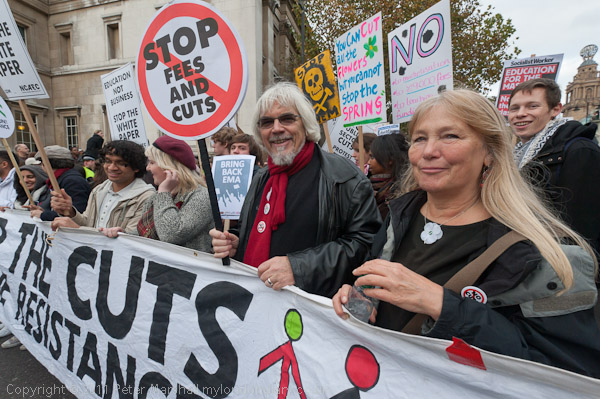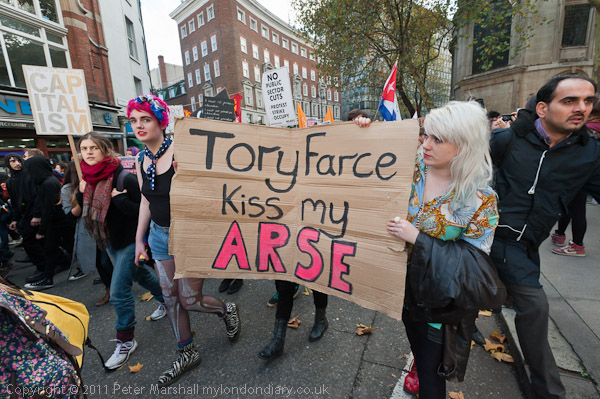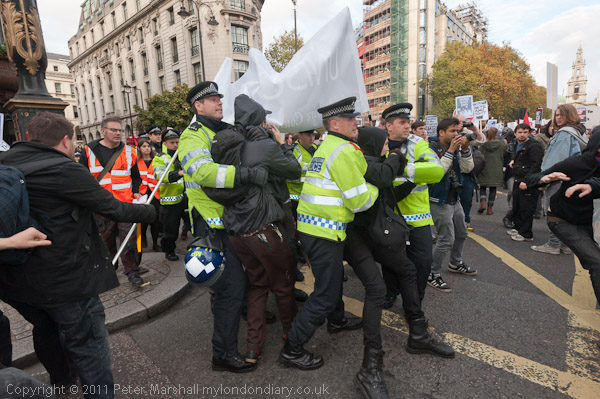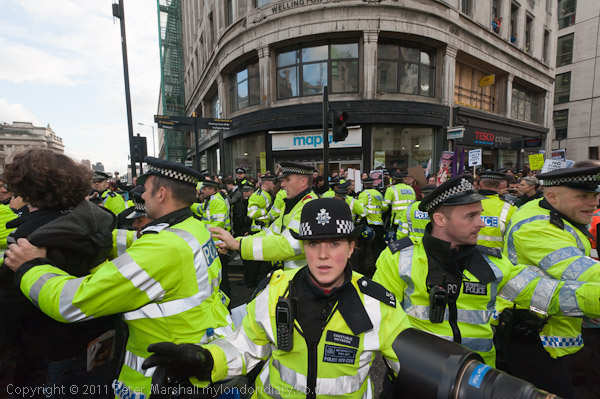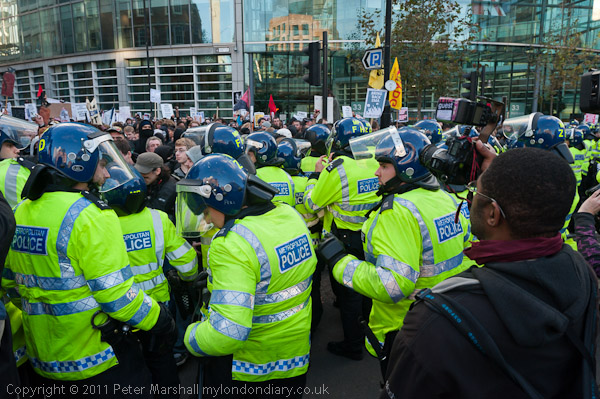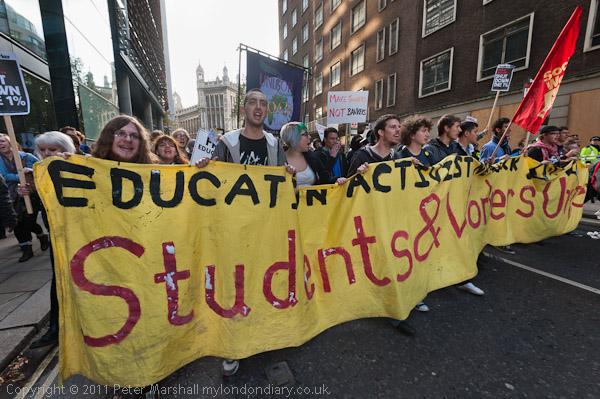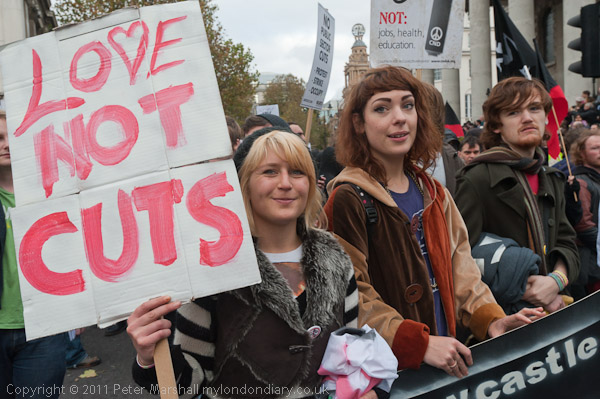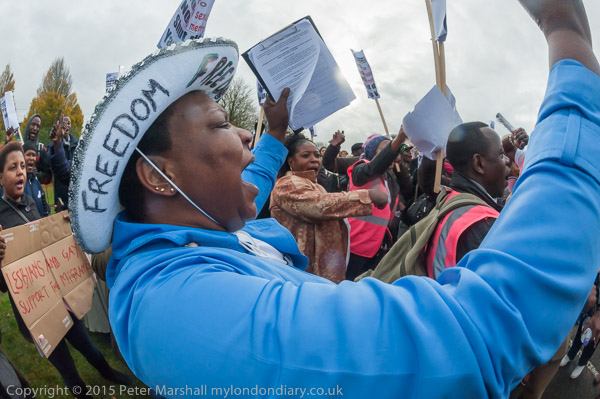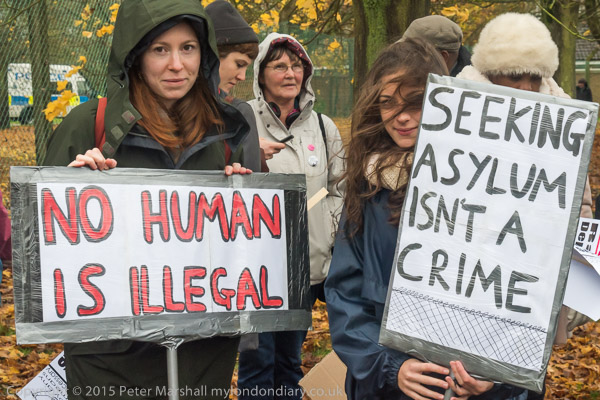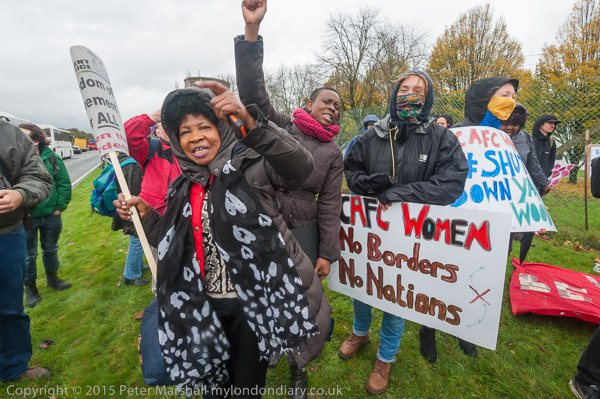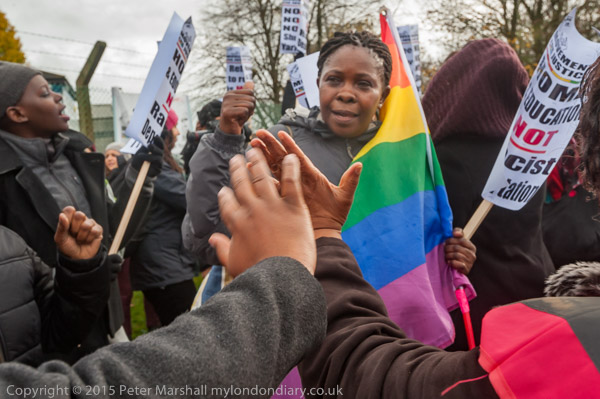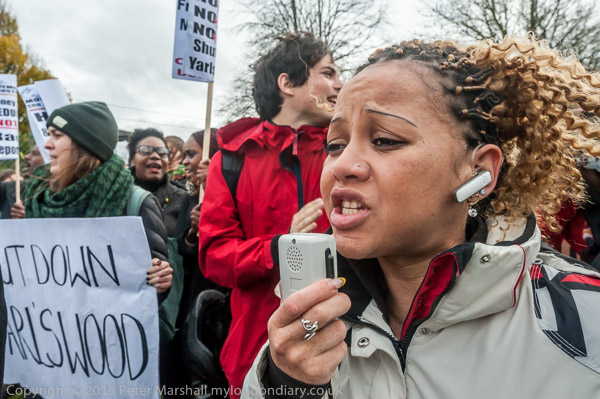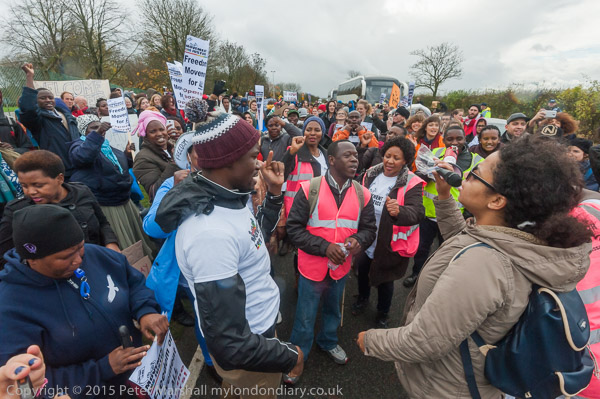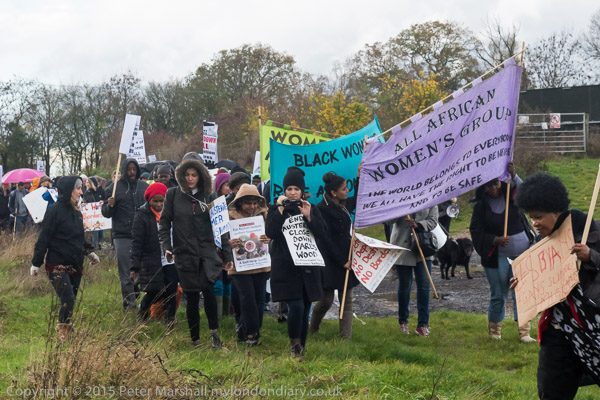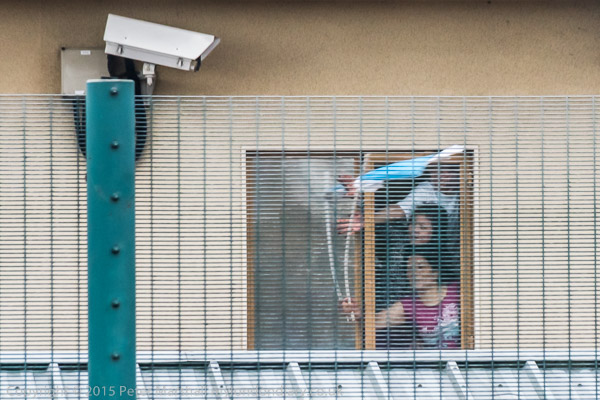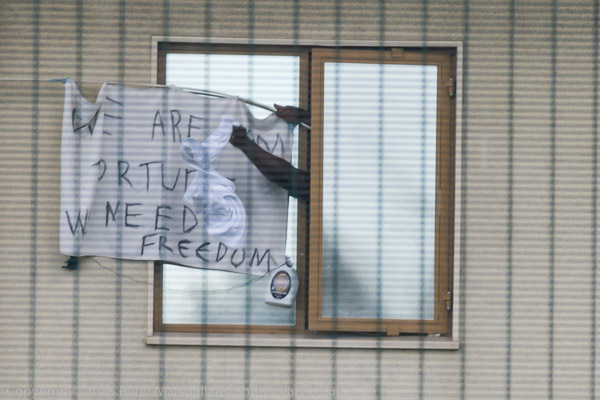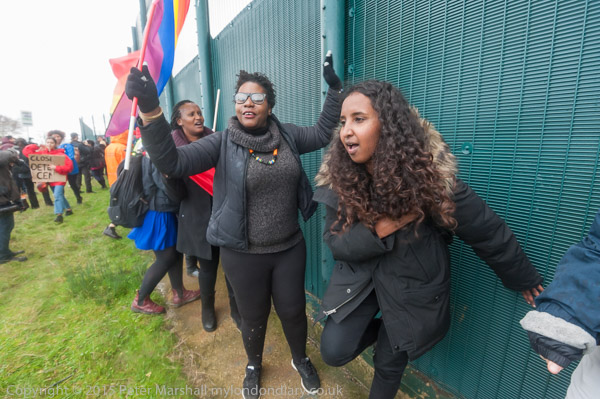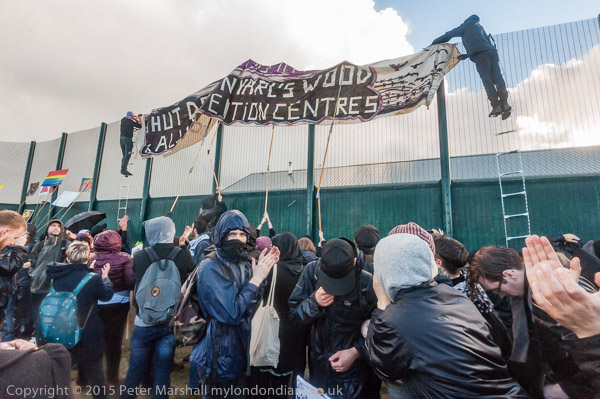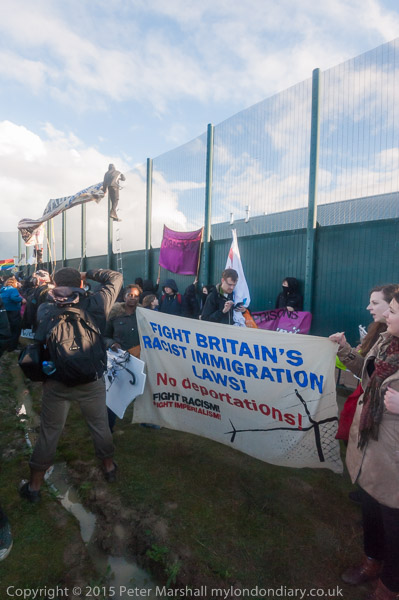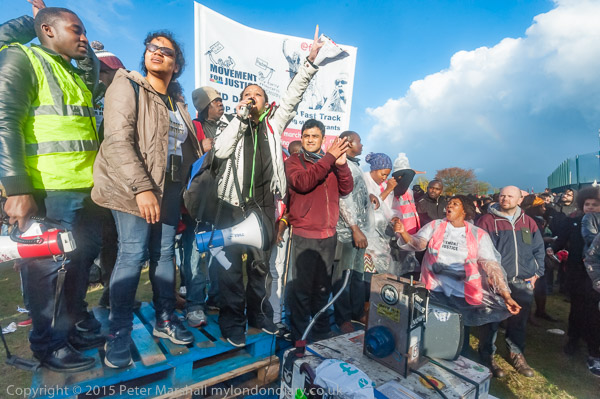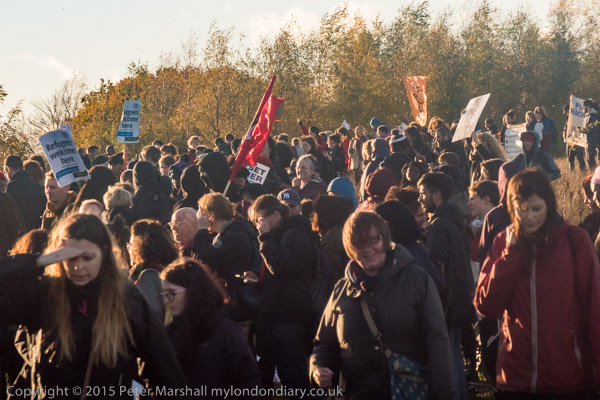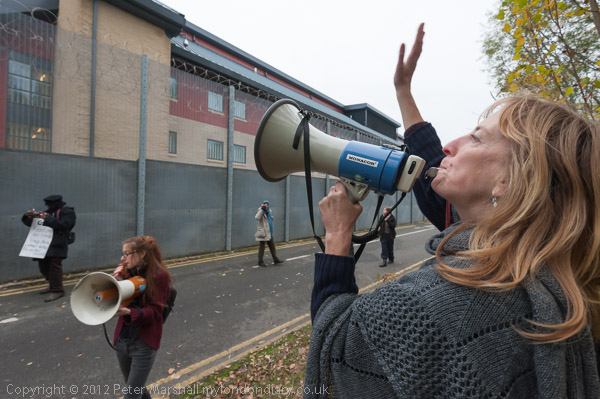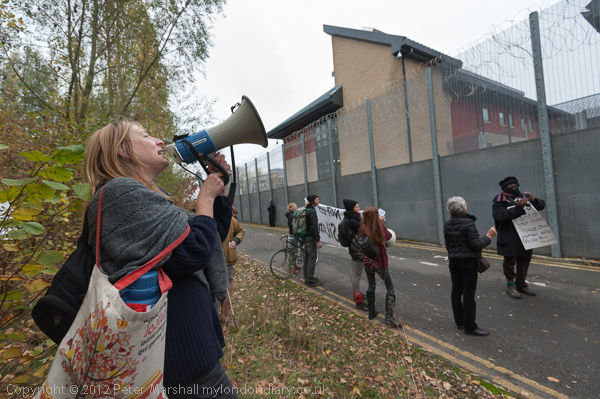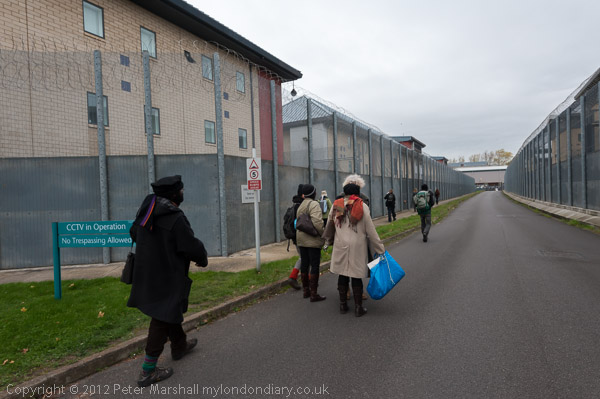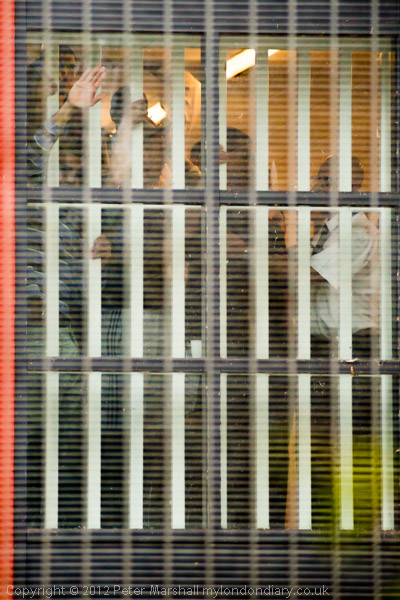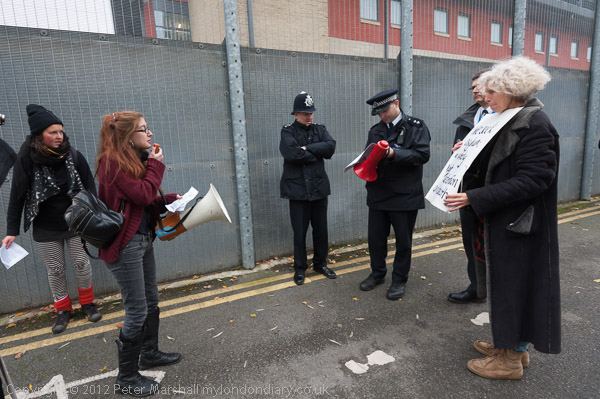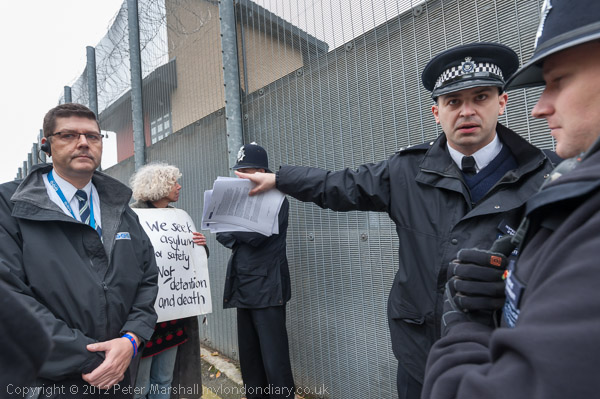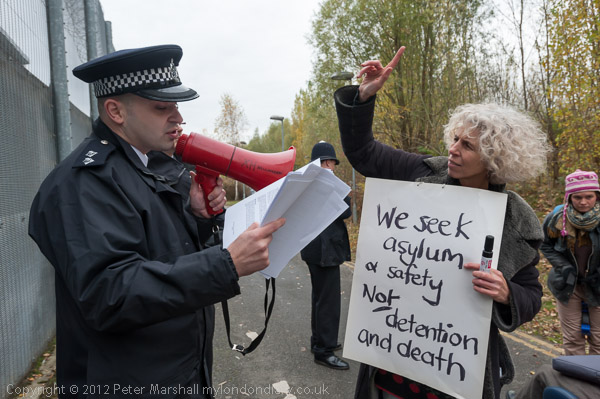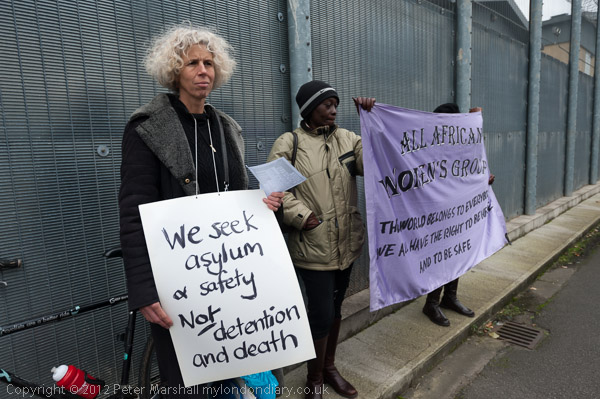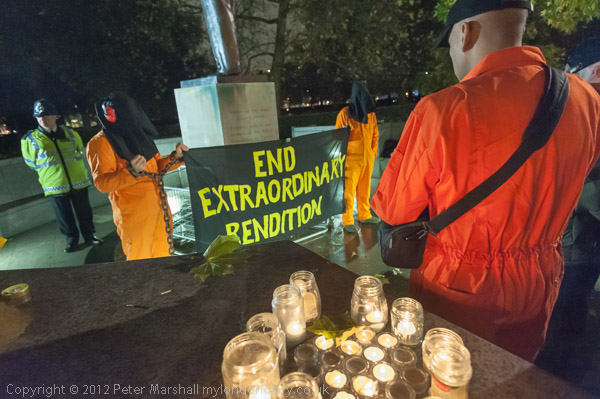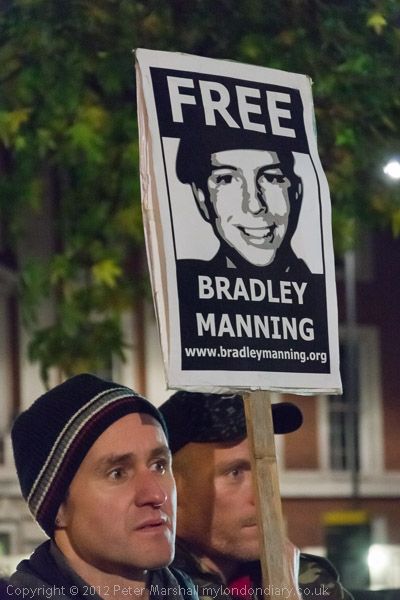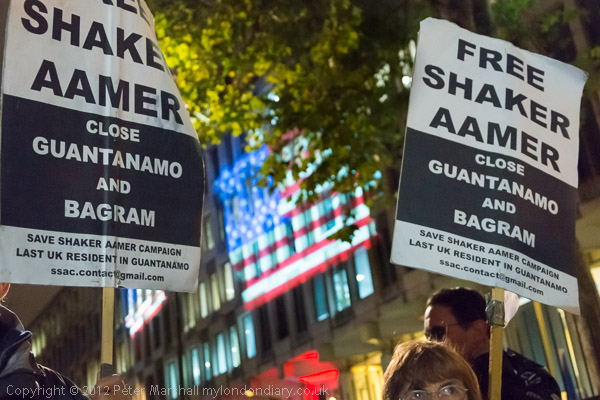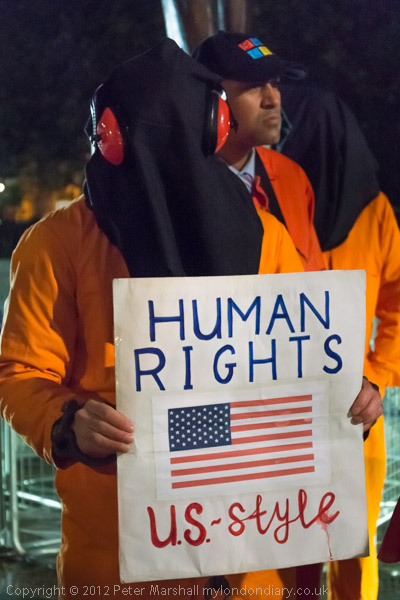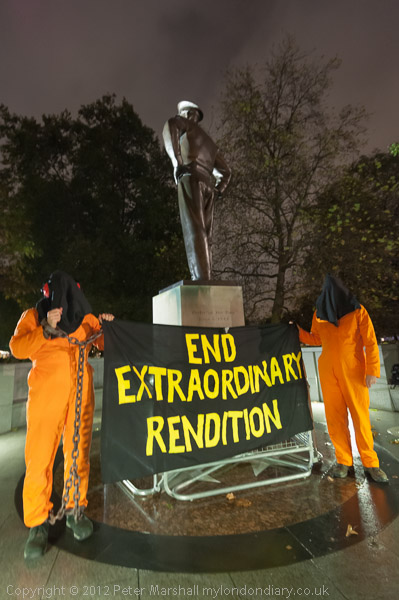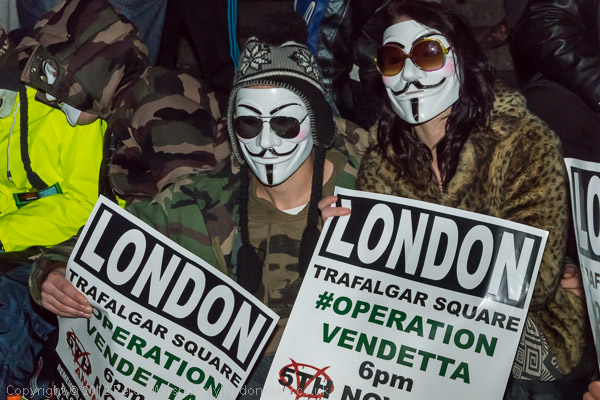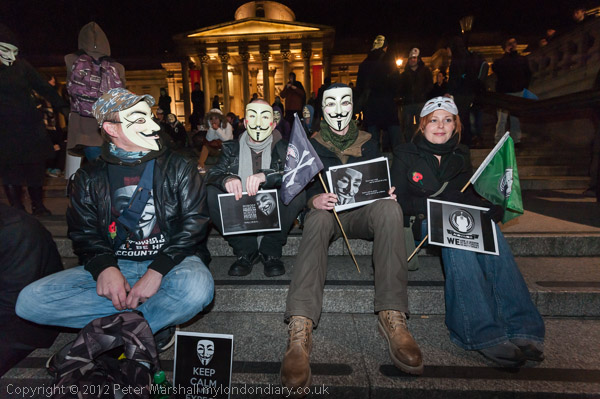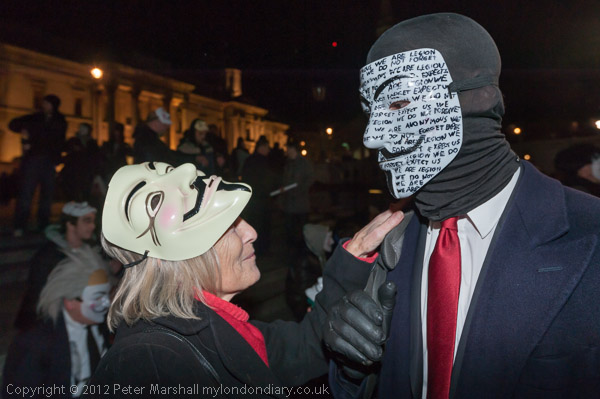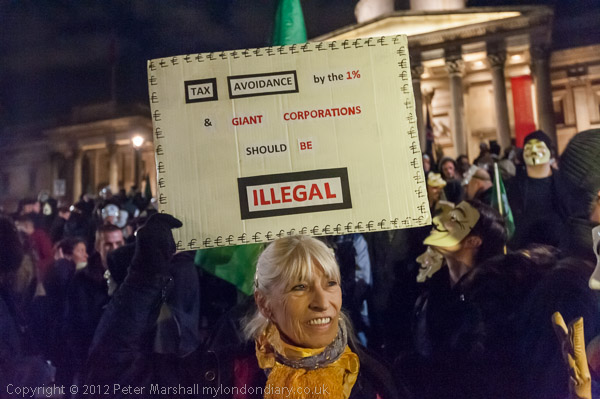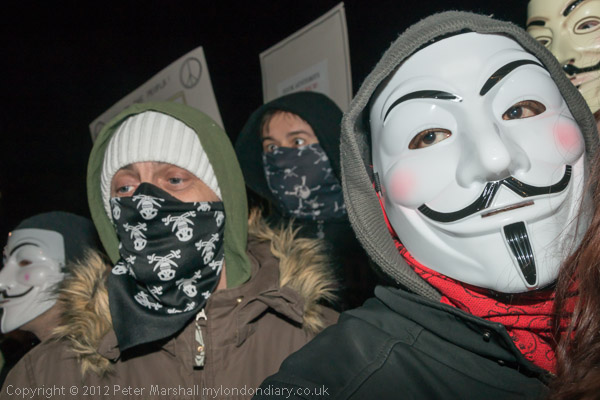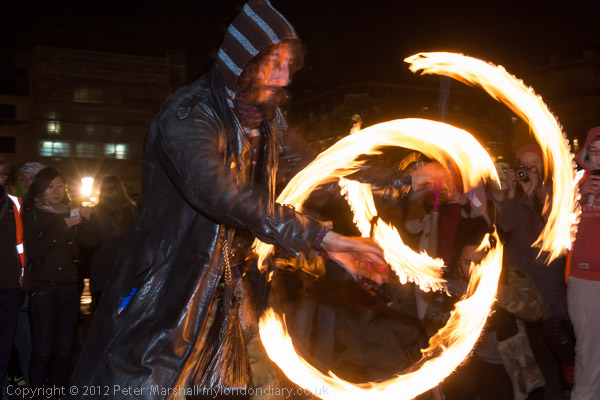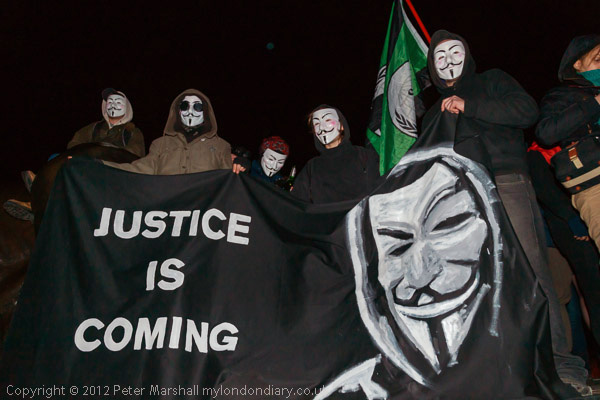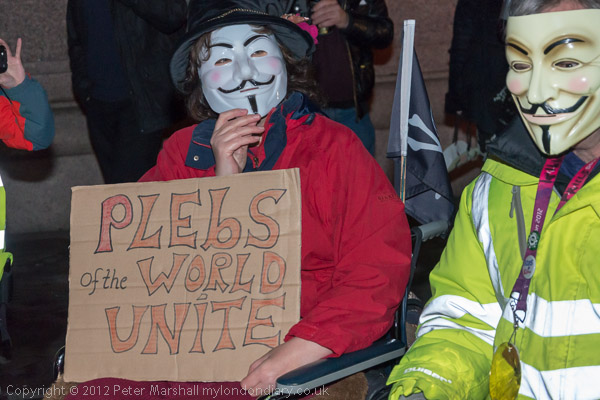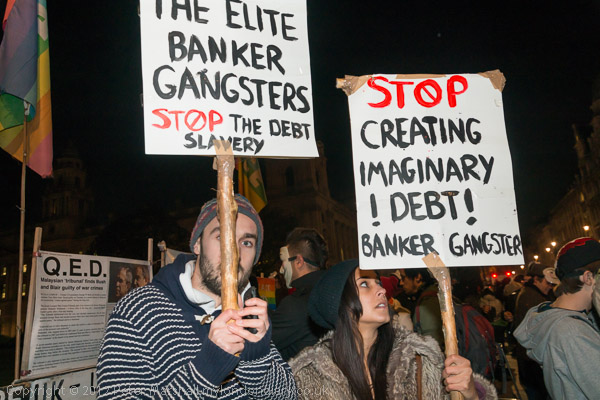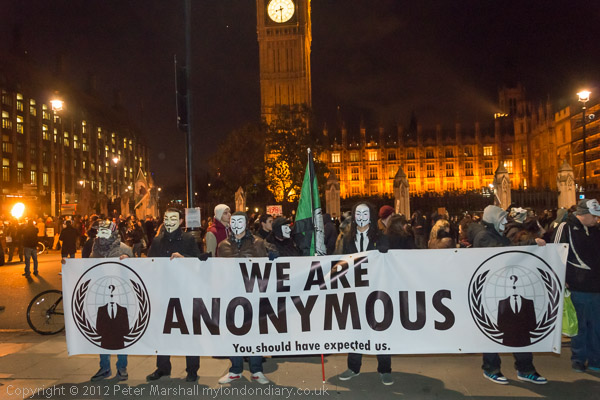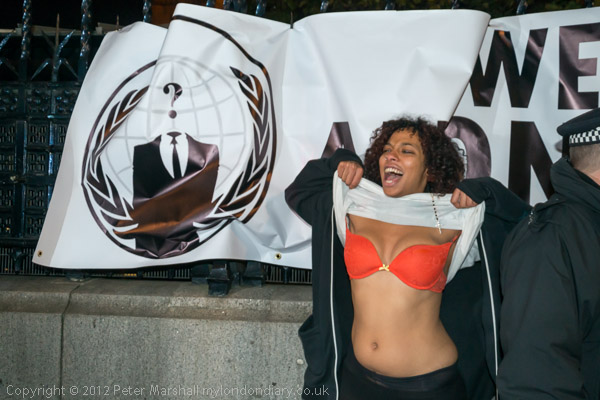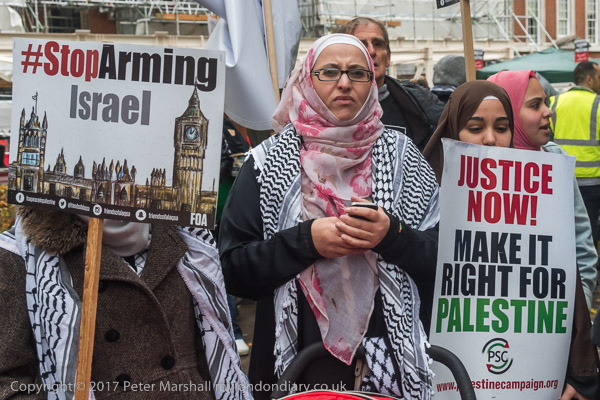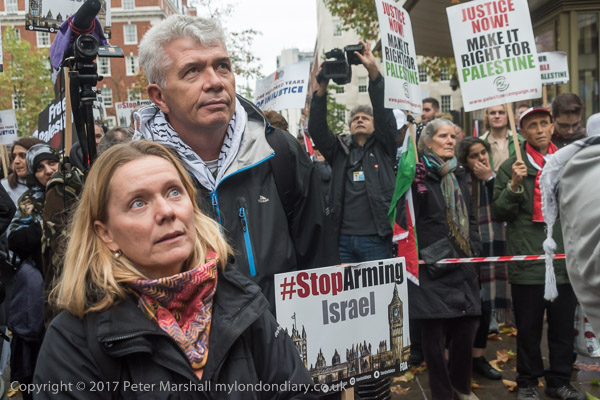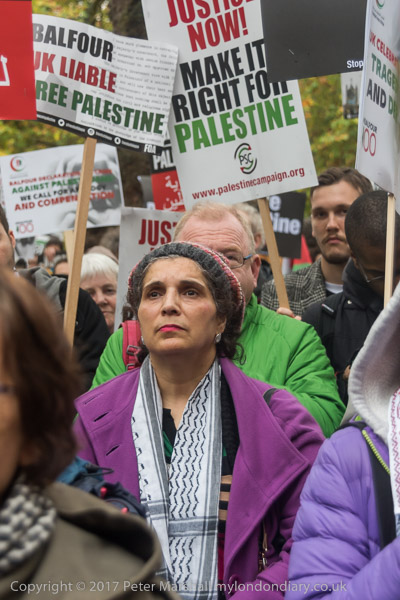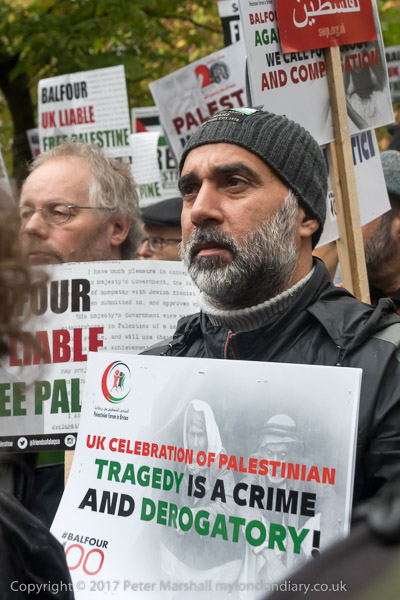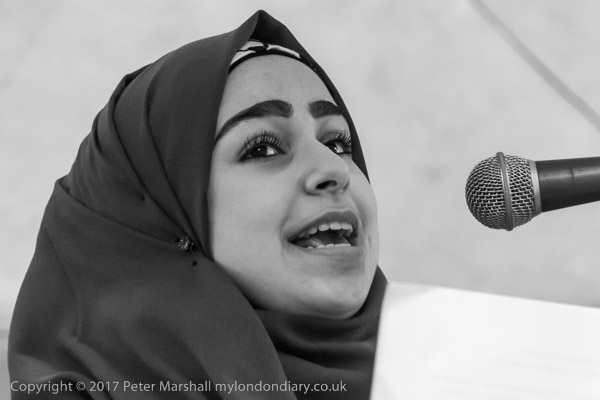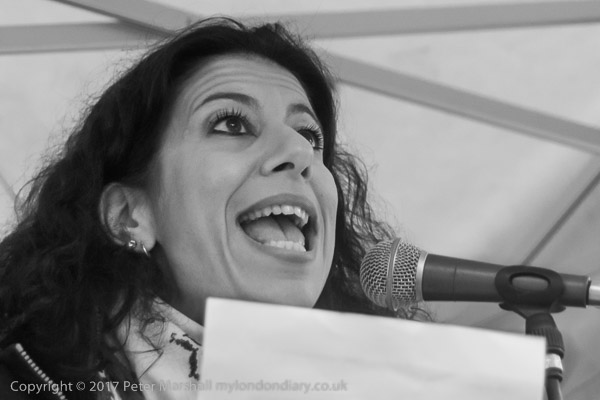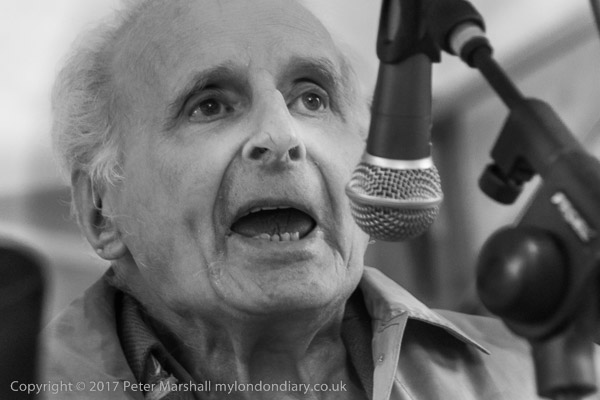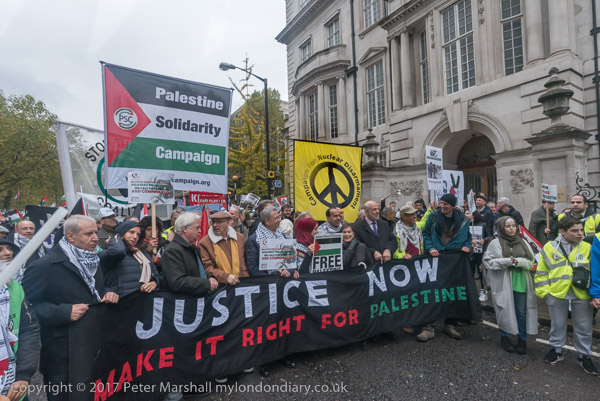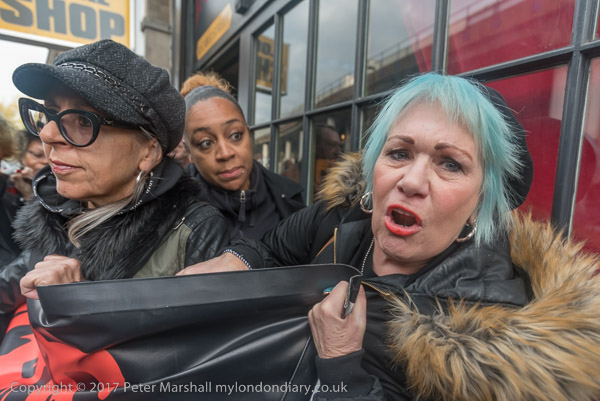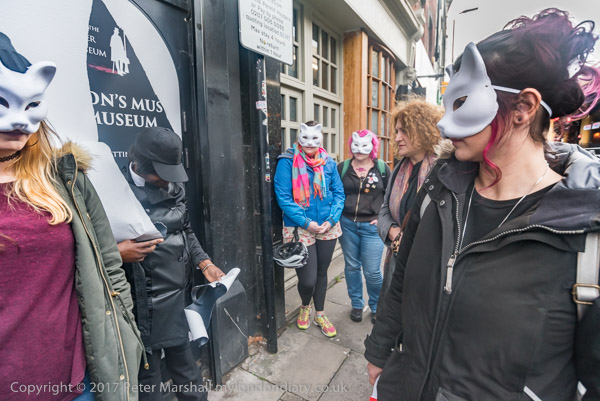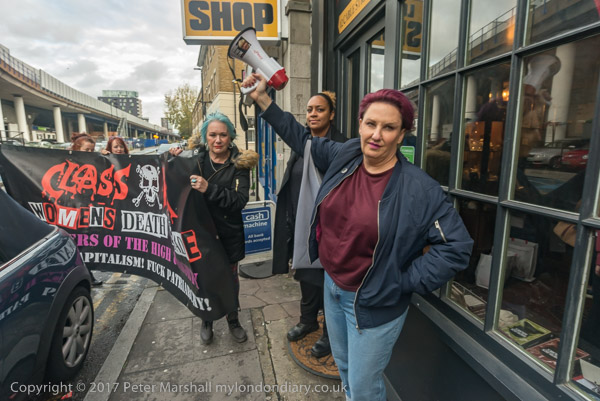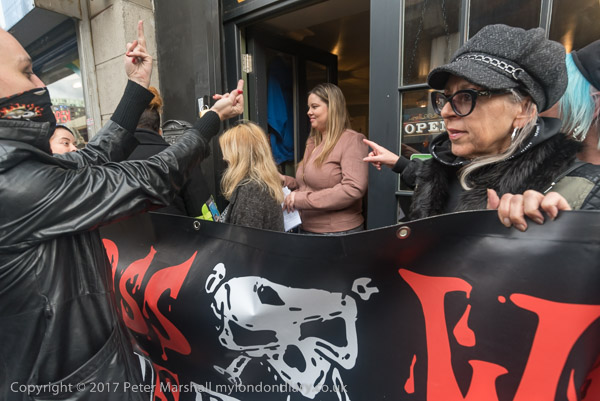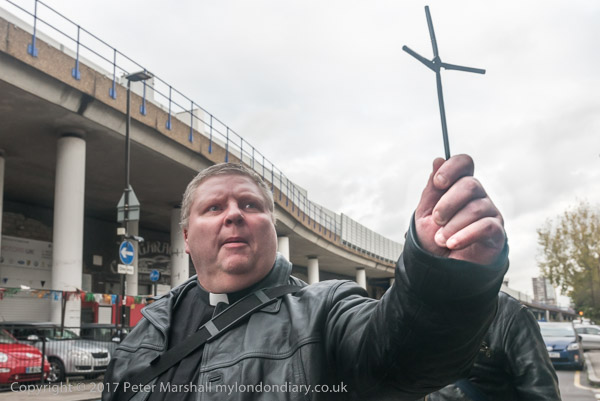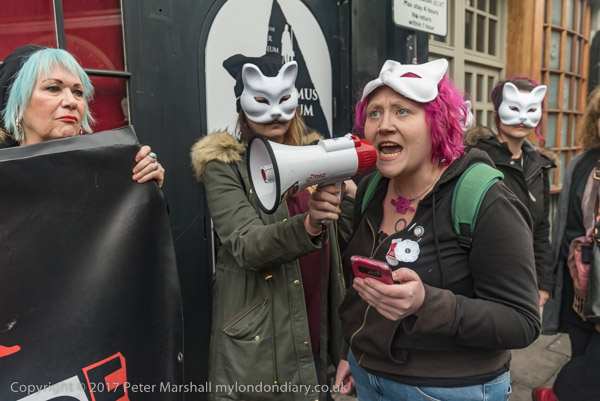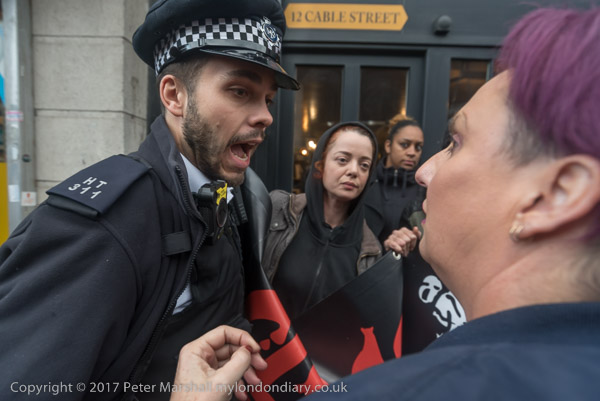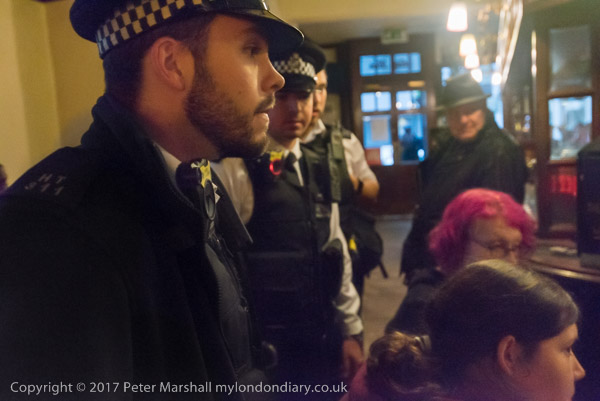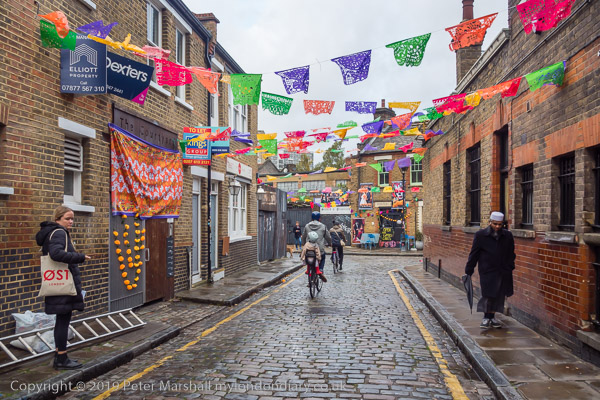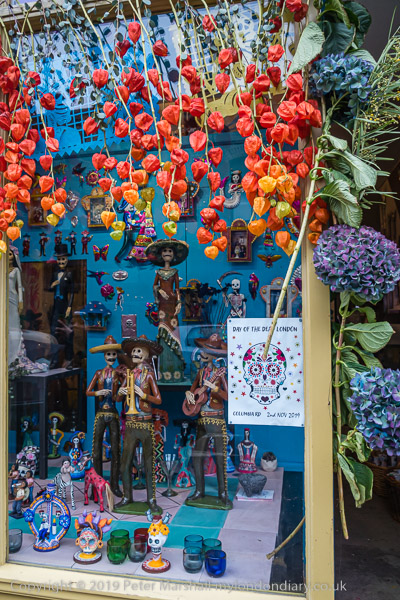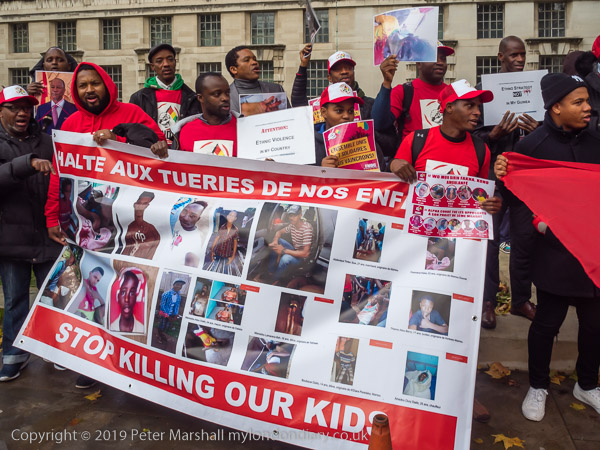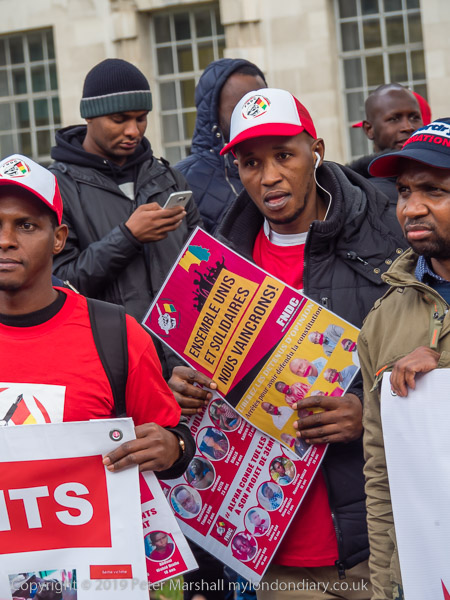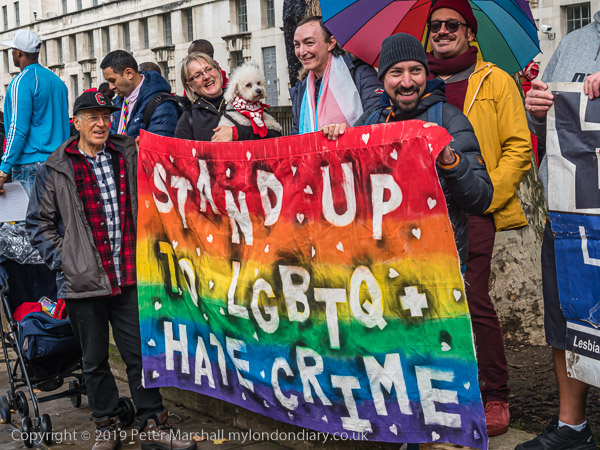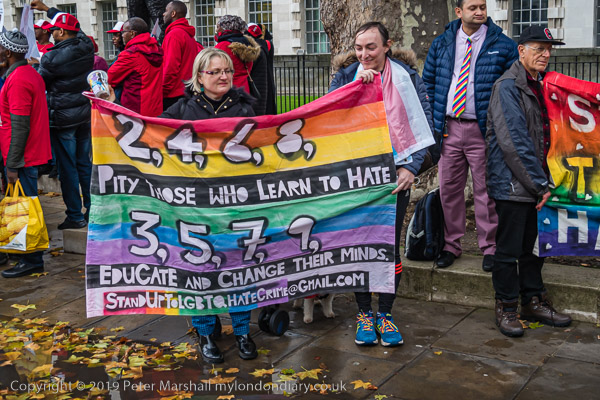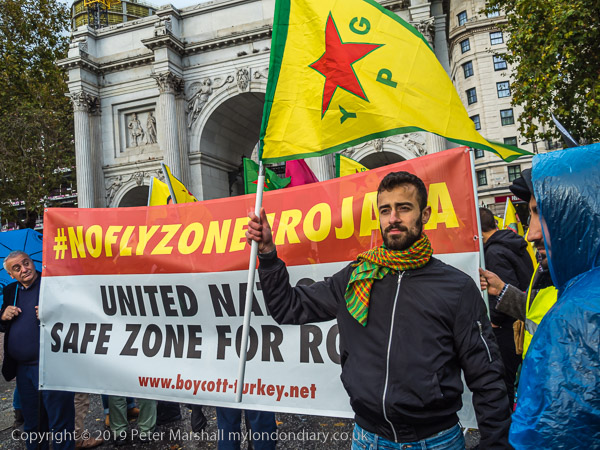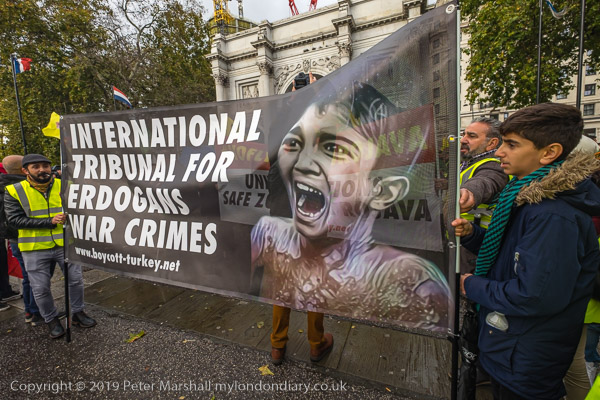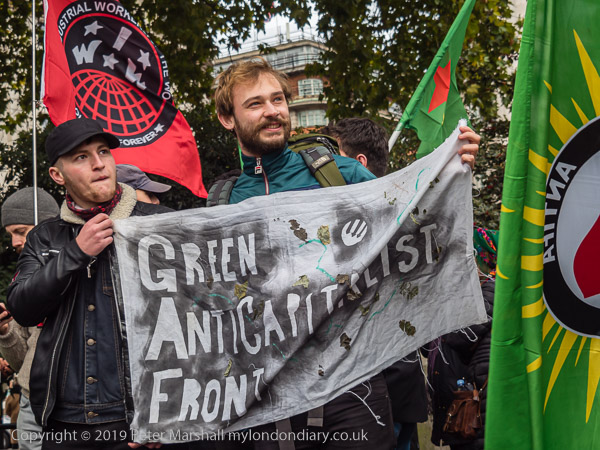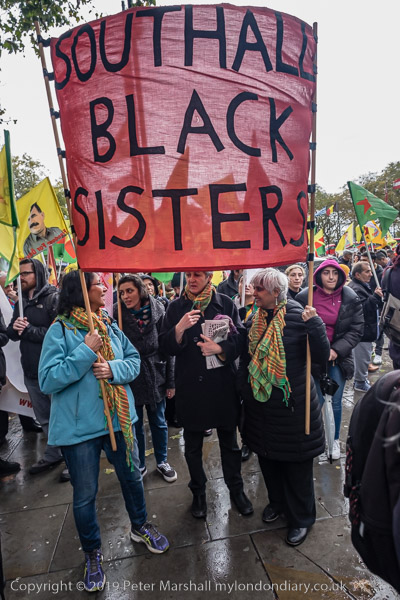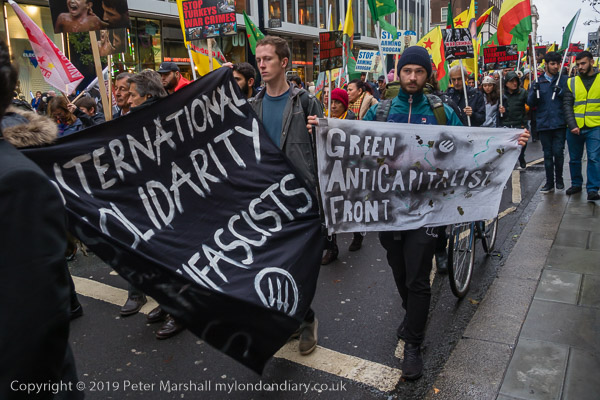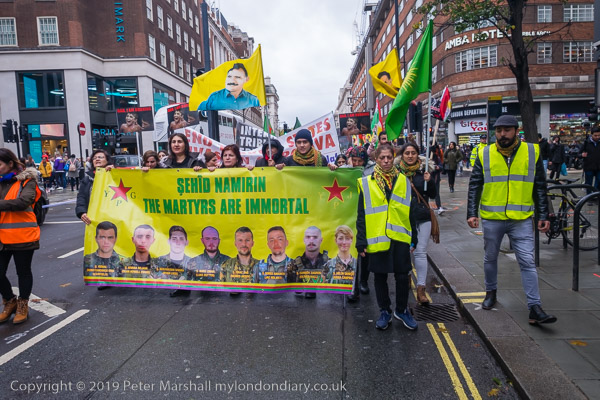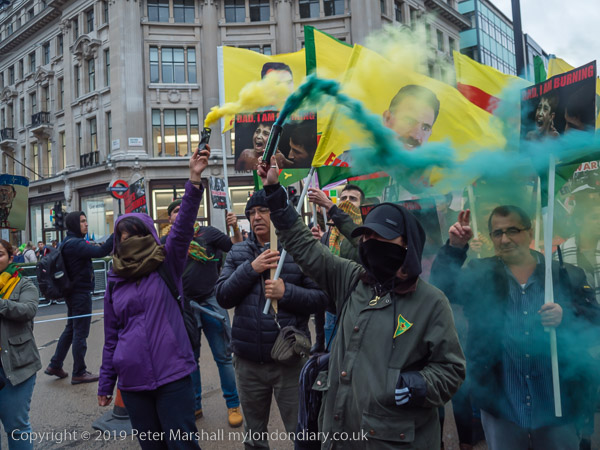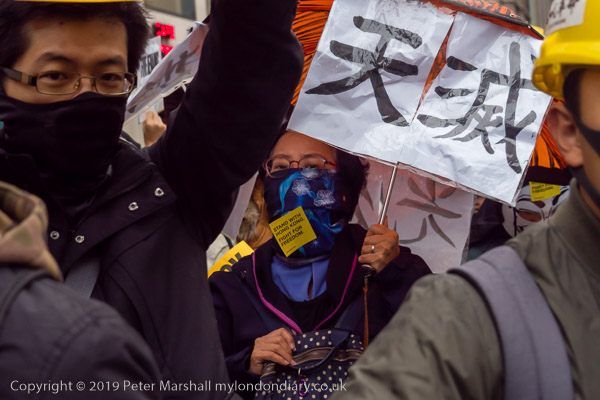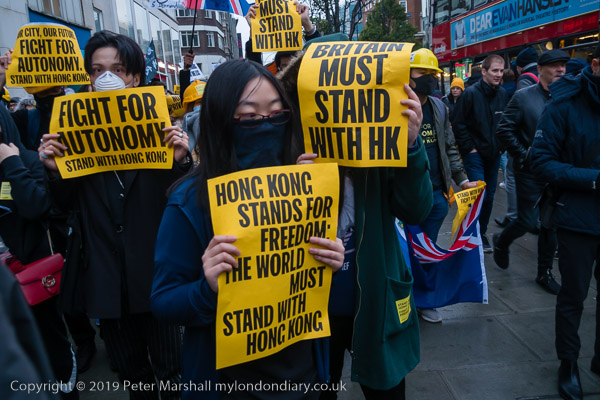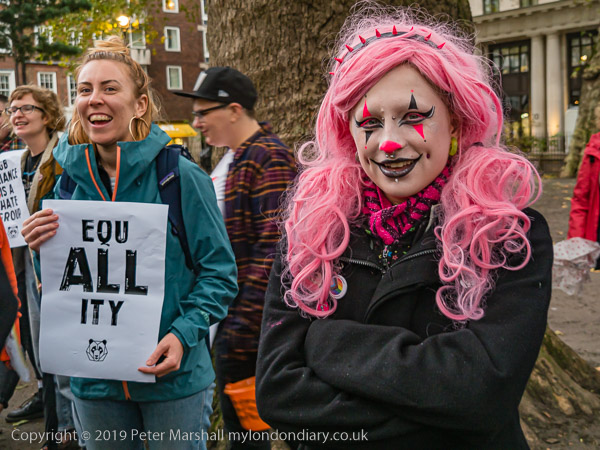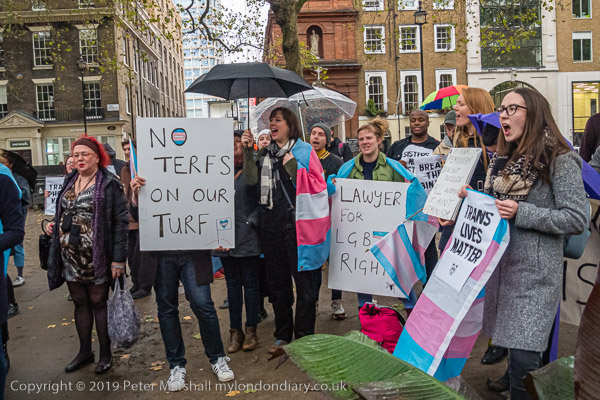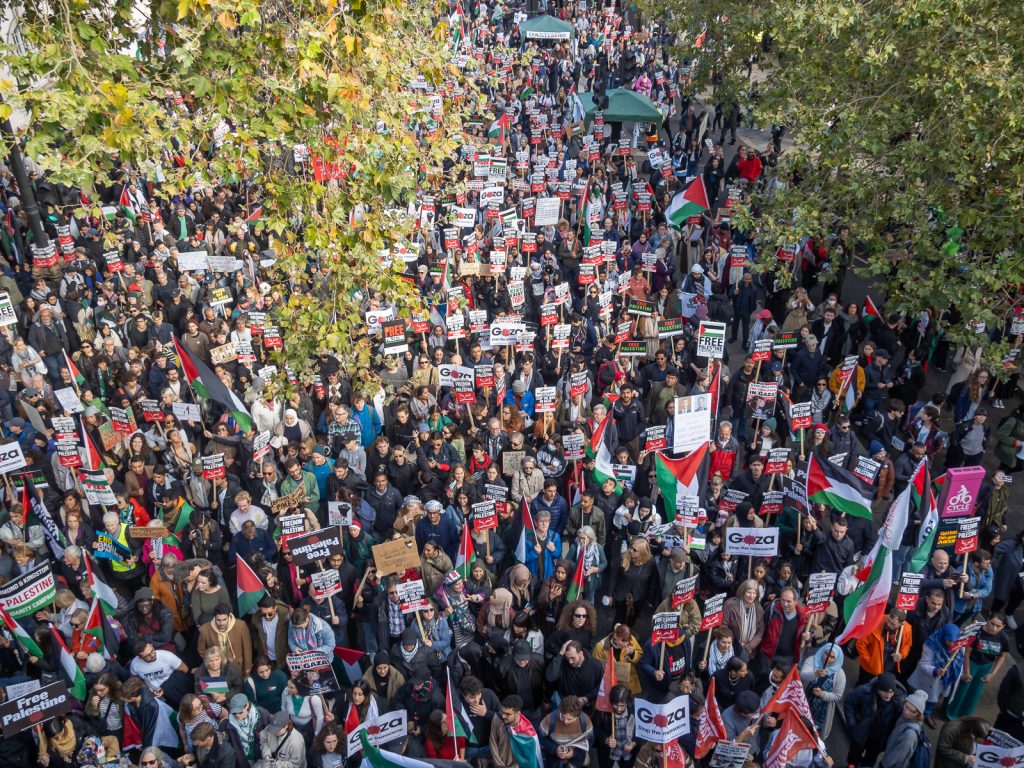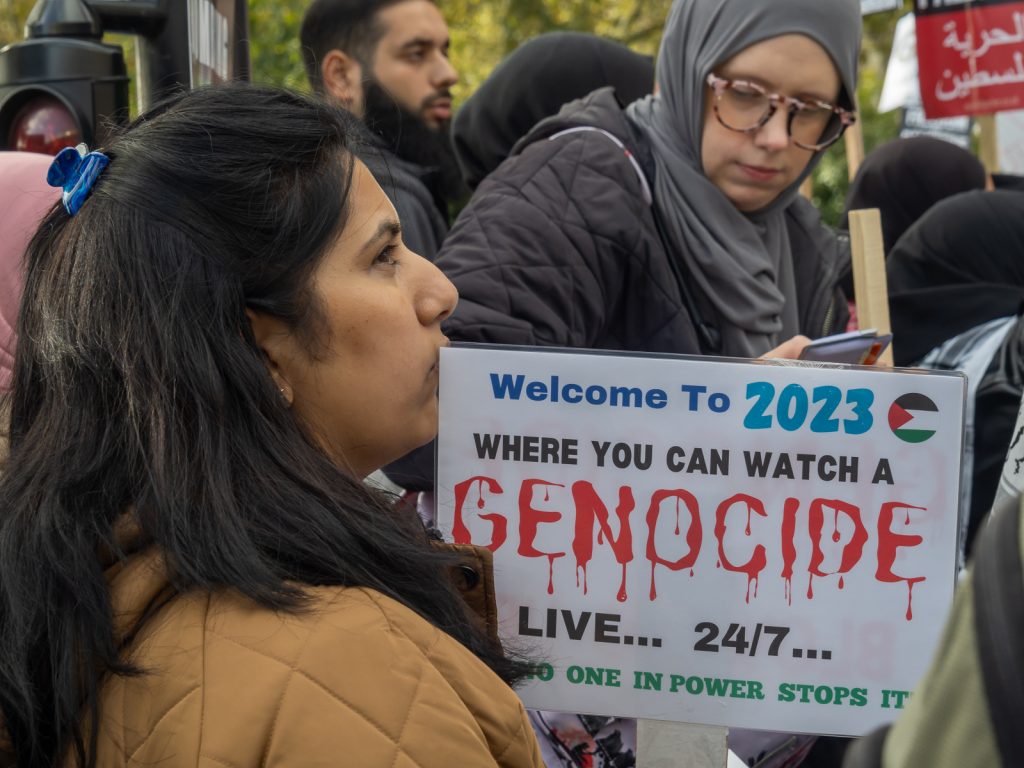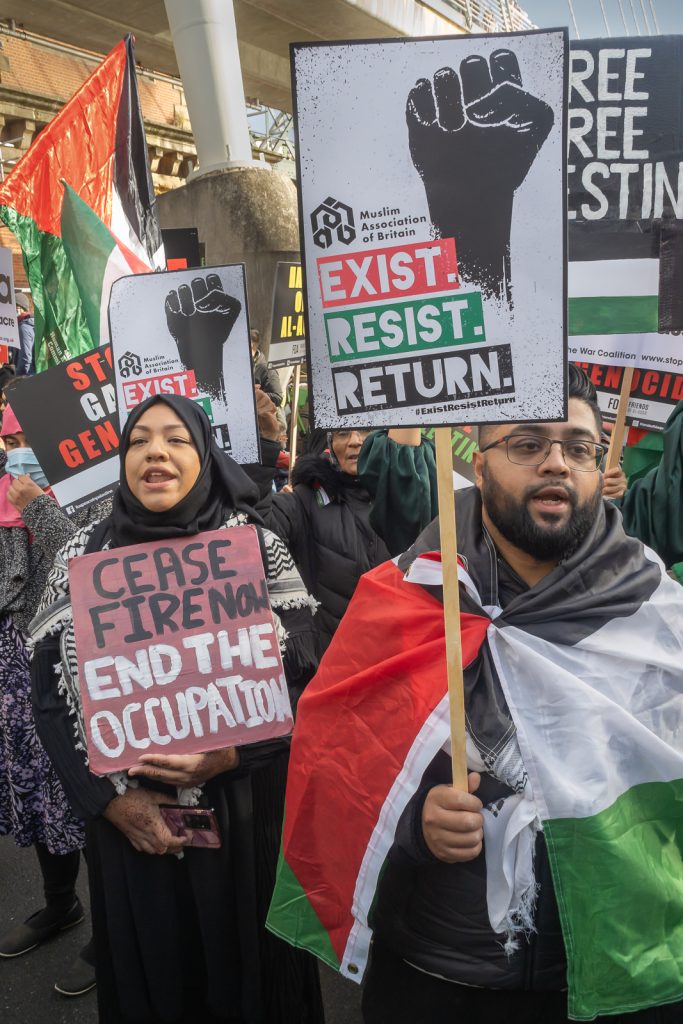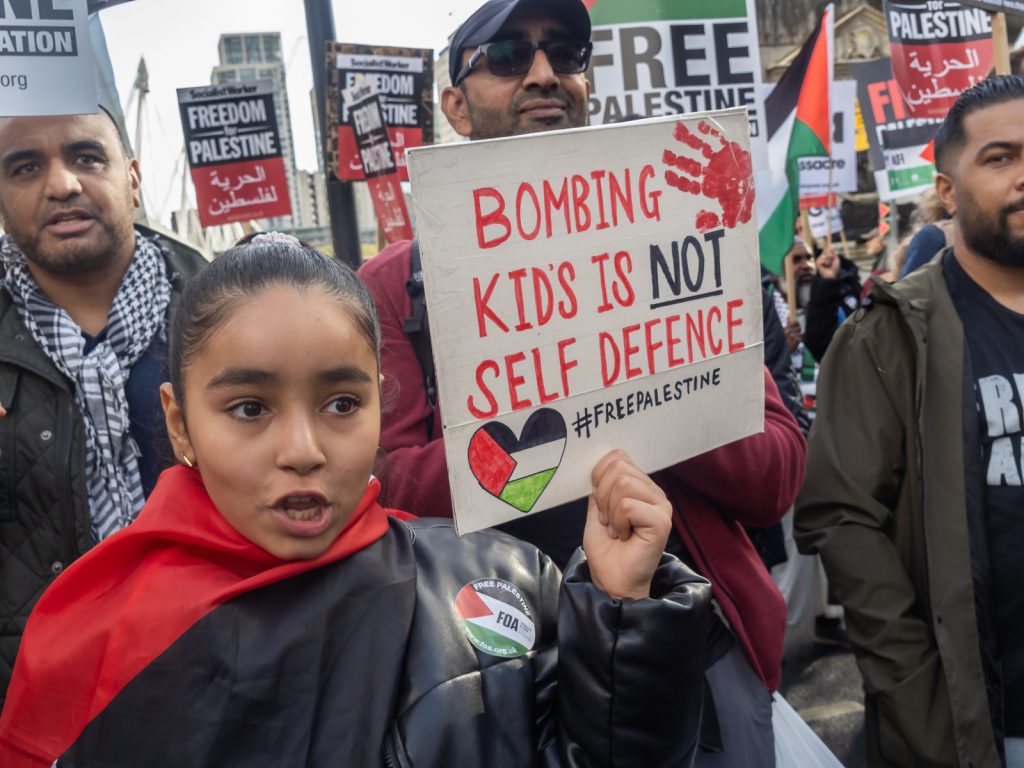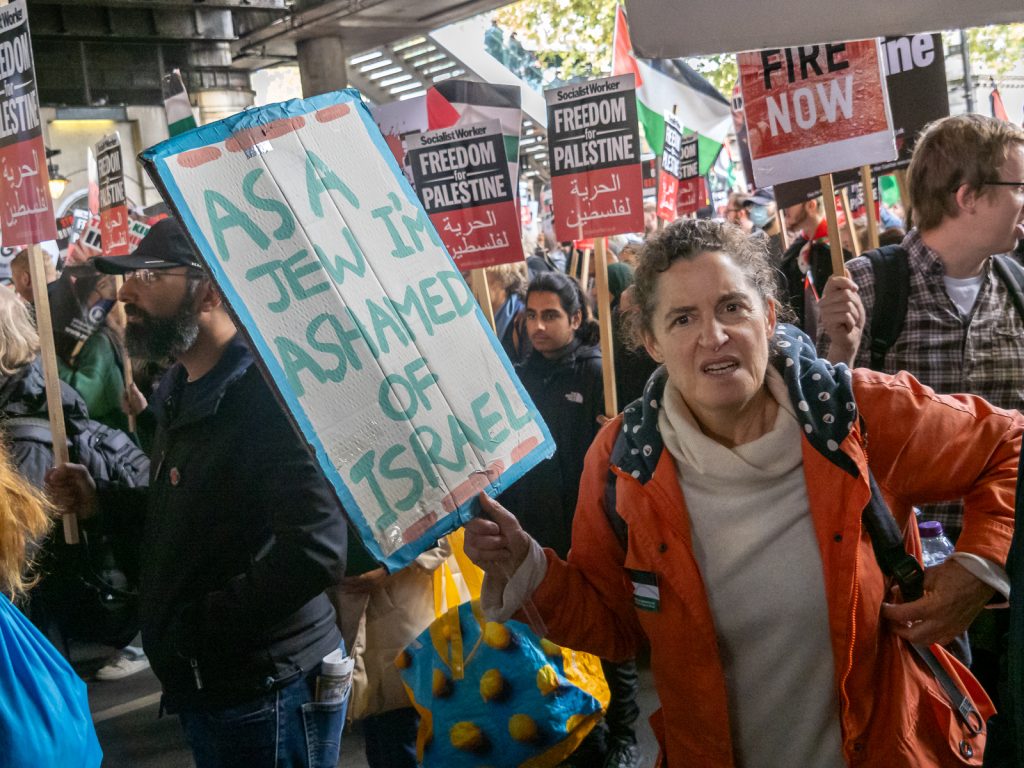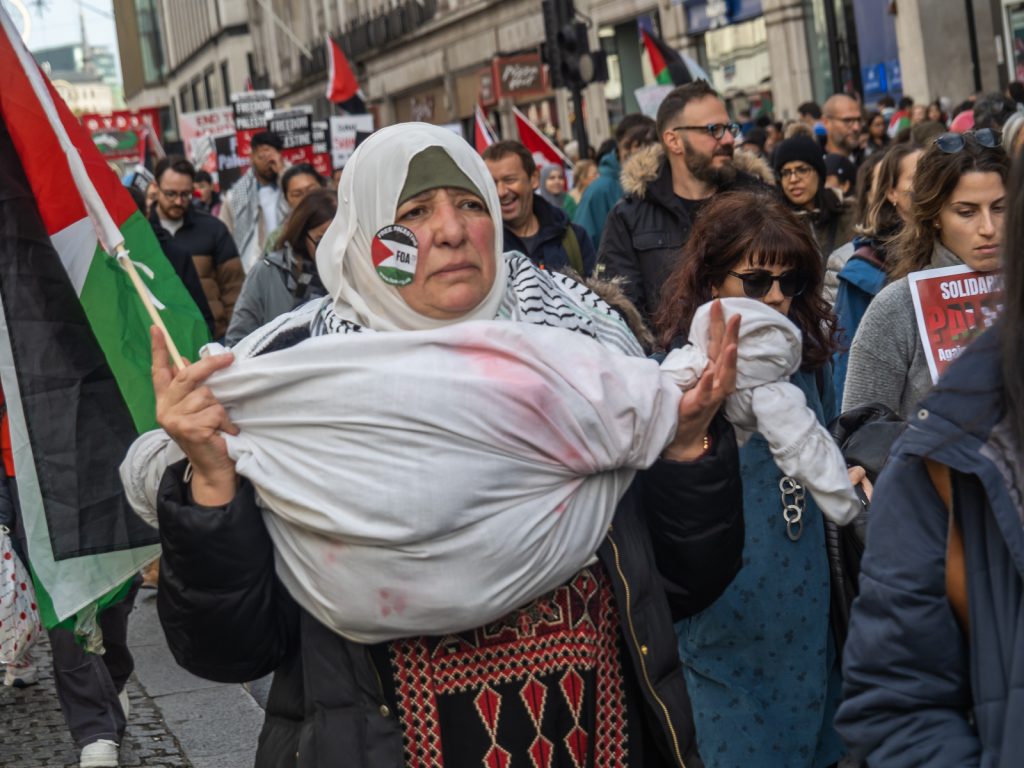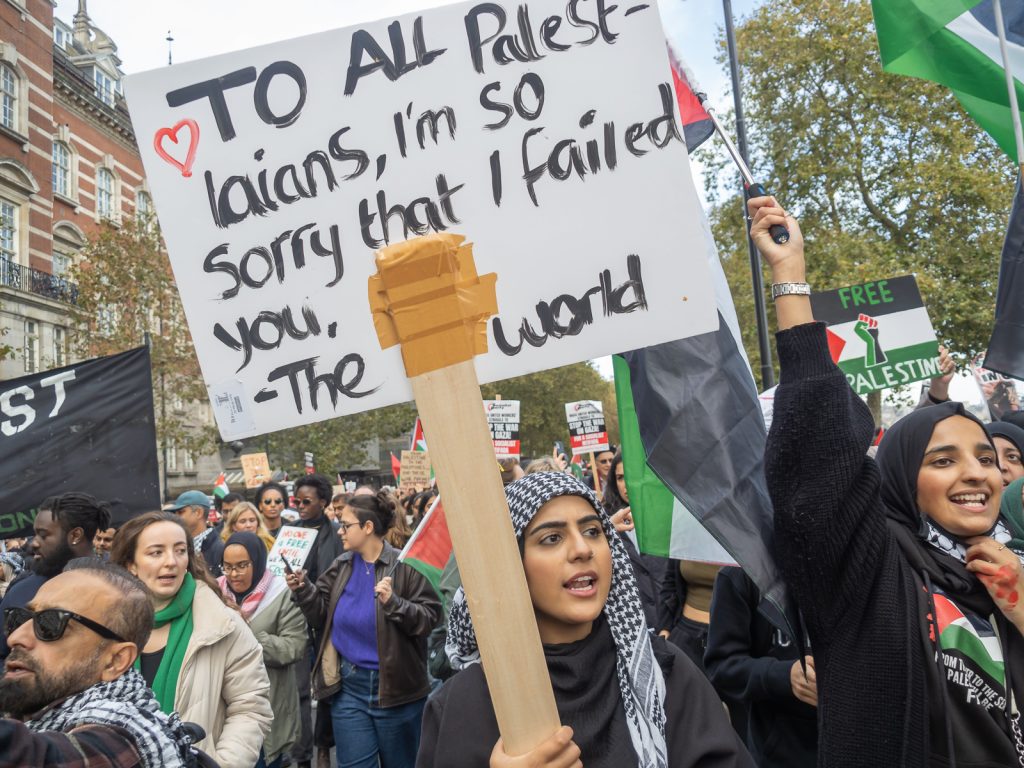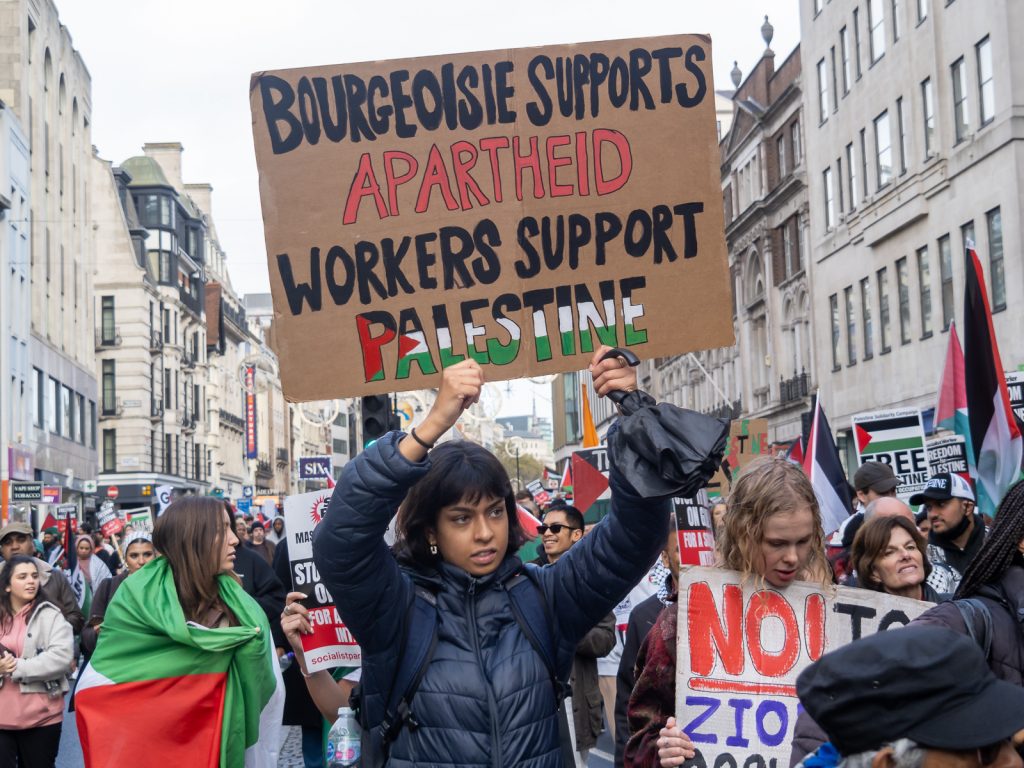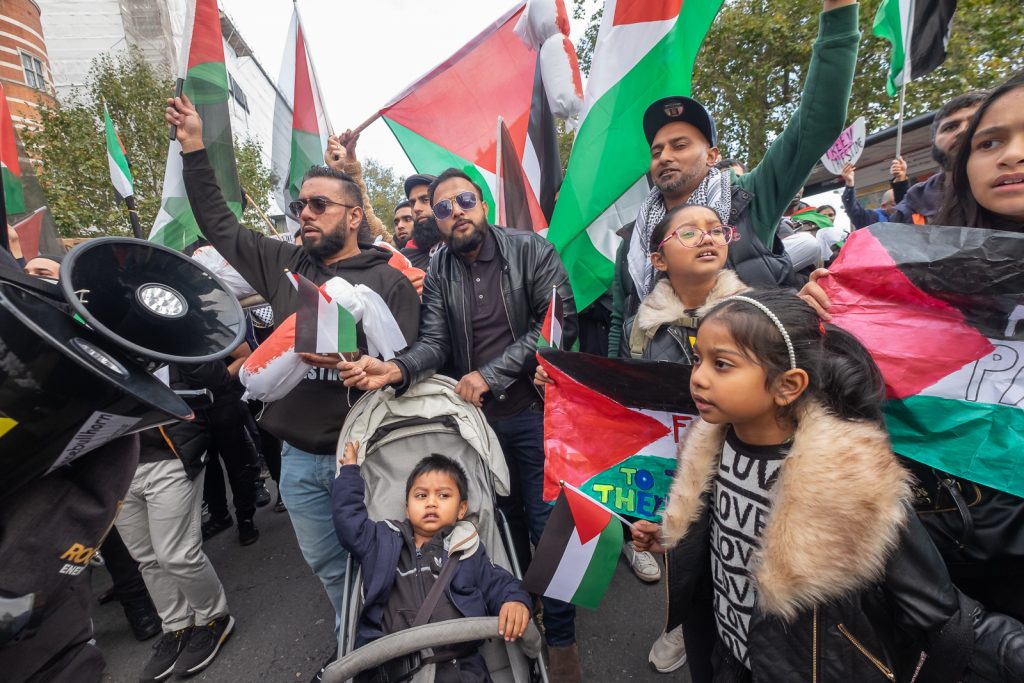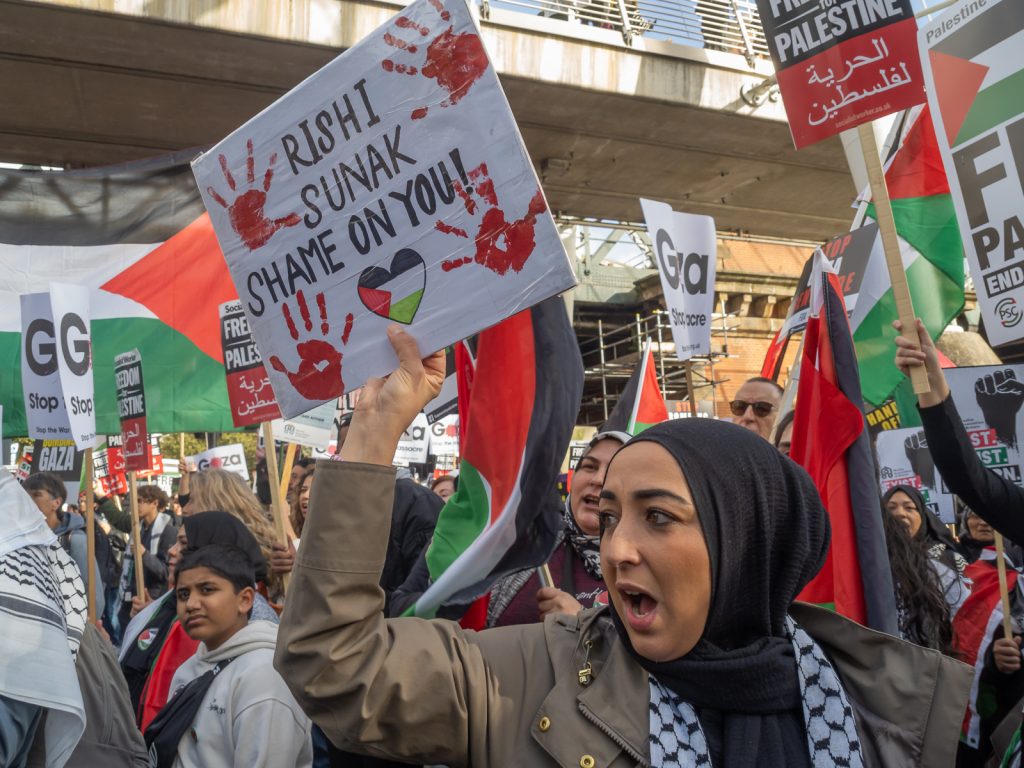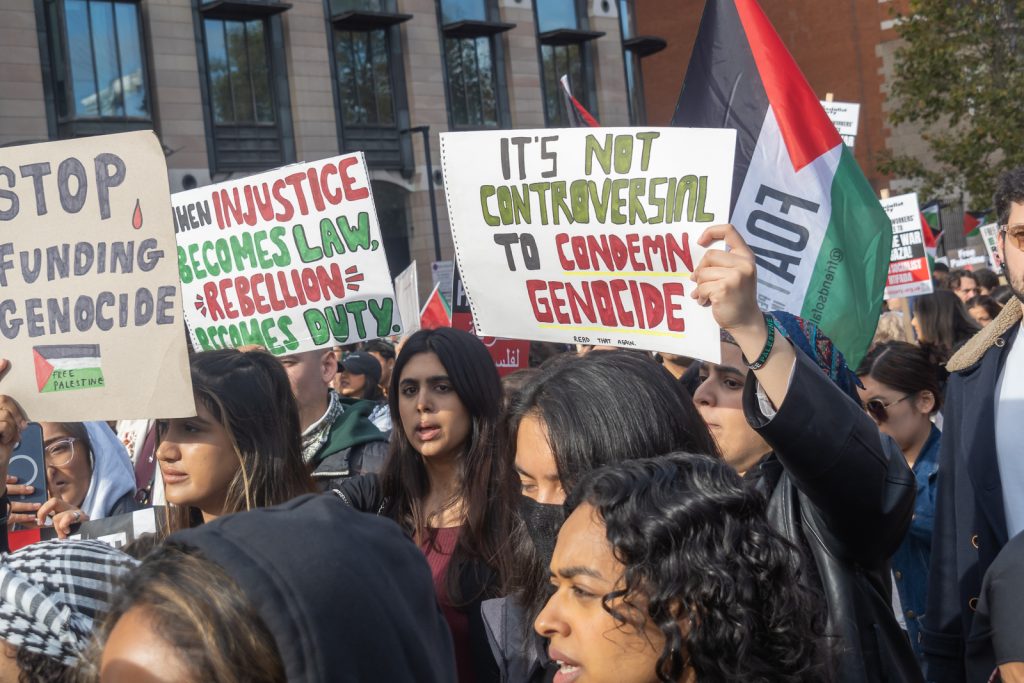Thames Path, Tradescants, Leake Street – On Monday 10th November 2014 I went on a walk with some of my family in Lambeth, where my sister in particular was keen to visit the Garden Museum in the deconsecrated St Mary’s Church next to Lambeth Palace.
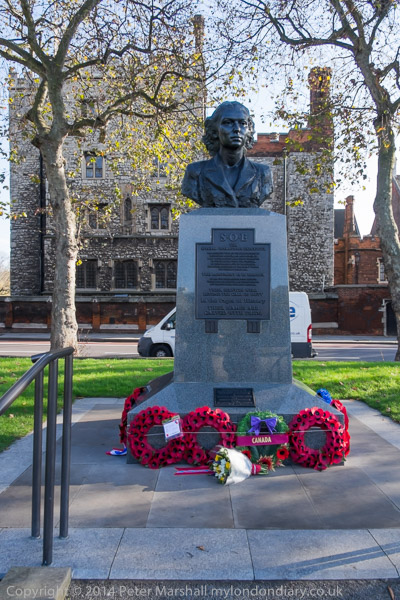
We began our walk at Waterloo station, making our way to the riverside path along by the Thames and walking west past St Thomas’s Hospital. A lttle beyond that in front of Lambeth Palace is a memorial bust of Violette Szabo, (1921-1945) standing on a monument to the SOE, the Maquis and the Norwegian resistance commandos, heroes of Telemark. Szabo, a Lambeth resident, was posthumously awarded the George Cross and the Croix de Guerre and was one of the 117 of the 470 agents the SOE sent to France who did not survive
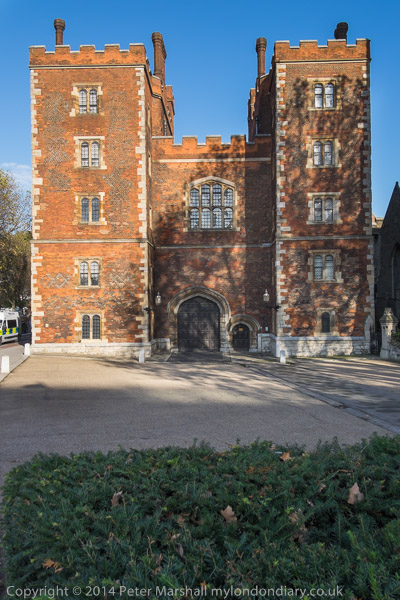
On My London Diary I give some more detail about the setting up of this museum after Rosemary Weekes (later Nicholson) began her campaign to save the church and the fine tomb of father and son John Tradescant, 17th century plant hunters and royal gardeners in its churchyard as a Museum of Garden History. Her work together with her husband John Nicholson is commemorated in the garden with a plaque.
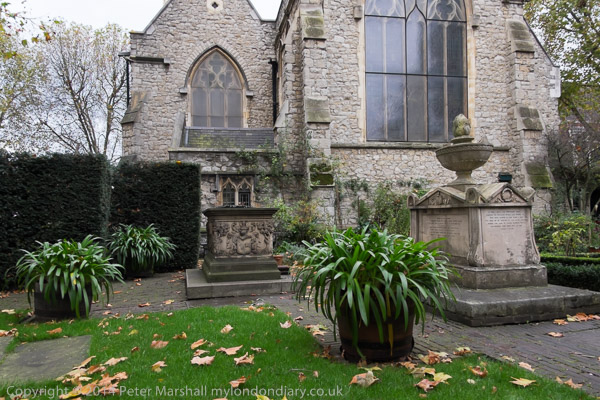
I posted a photograph of a sculpture commemorating the two John Tradescants – father and son – a few days ago in the post Old Clapham Road and South Lambeth – 1989 and wrote rather more about them later in another post on my 1989 walk, Tradescant, Old South Lambeth Rd and Caron, which began with a picture of houses on Tradescant Road, built on the site of their home in South Lambeth, and I’ll try not to repeat myself more than I need here.
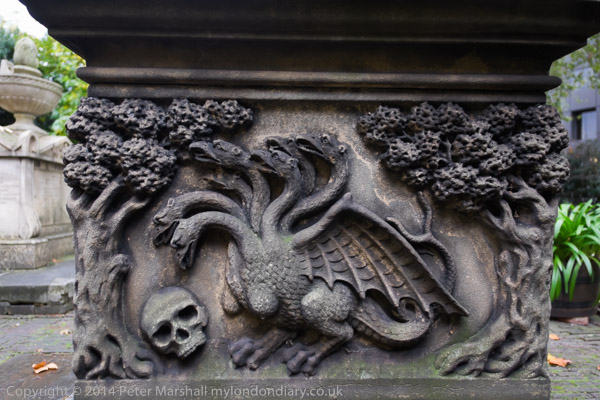
The Tradescant tomb was first commissioned by Hester Tradescant, the widow of the younger John when he died in 1662 and had elaborate carvings depicting rather fancifully some of the specimens of various kinds from their travels in search for new plants around much of the world. These formed the basis of the first public museum in England – the Lambeth Ark – and were fraudulently stolen by a neighbour who pretended to support this who later presented them to Oxford University to establish the Ashmolean Museum.
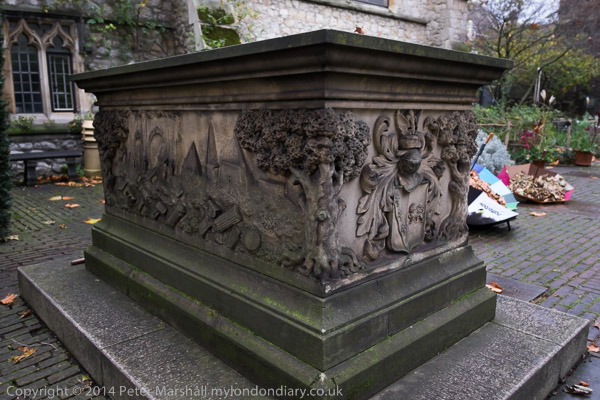
By the mid-nineteenth century the original memorial was in very poor condition, probably attacked by the noxious acidic fumes from the many industries in the area, and in 1853 a replica was re-carved using limestone from Darley Dale in Derbyshire.
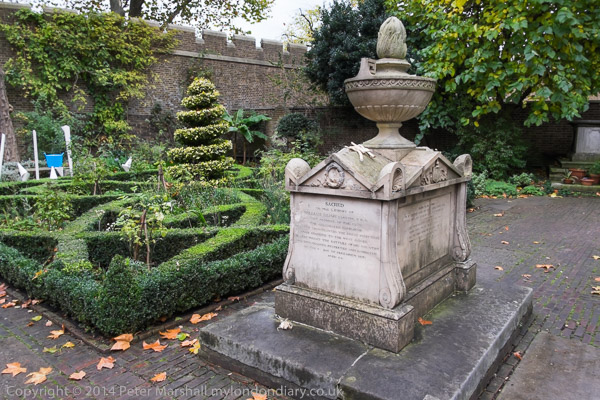
Also in the museum garden if the tomb of the notorious Captain Bligh of the Bounty, on whose ships the Tradescants brought back some of their plants. John Tradescant the Older had begun work as gardener to one of the wealthiest families in England and here there is a recreation of one of his Knot Gardens, based on designs for gardens at Hatfield and Cranbourne.
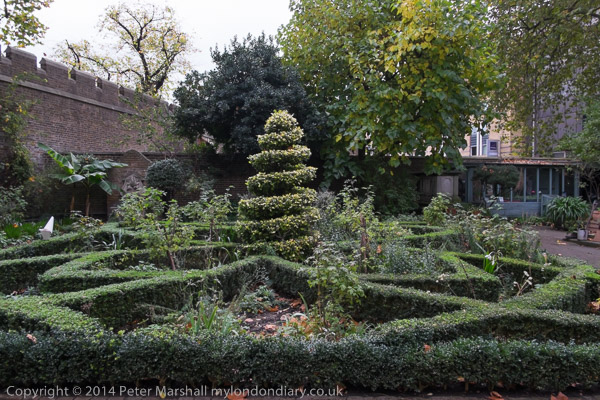
The museum is well worth a visit, particularly for keen gardeners, and has a pleasant cafe and of course a shop. The Tradescants also set up what was possibly the first garden centre a short distance away, though I think you would have then needed very deep pockets to buy any of their plants, many of which are now very common in our gardens.
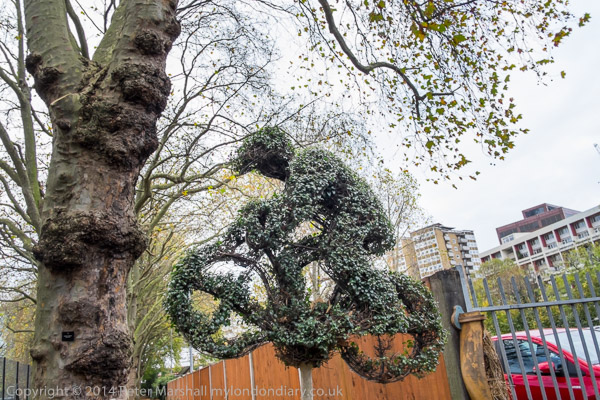
We walked back through Archbishop’s Park, a public park with some fine trees and some green cyclists.
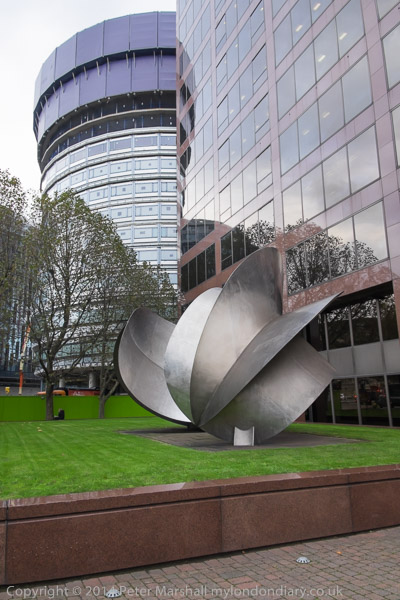
And came out on Lambeth Palace Road which has some modern buildings and a large metal sculpture, South of the River’ by Bernard Schottlander (b.1924) which was cast by British Steel in 1976 outside the offices at Becket House. As we went past the Lying-In Hospital (now just a frontage to a recent hotel) I found we had over 20 minutes before our train so I led our group down into Leake Street.
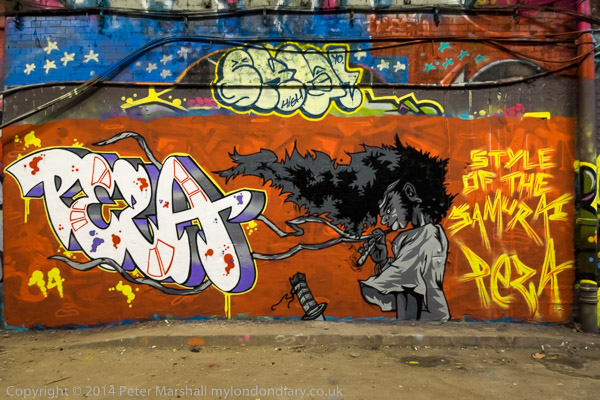
Although much of several parts of London are now covered with graffiti I think this tunnel remains the only officially sanctioned area for artists. I’d been there on various occasions but I think it was the first time the others in our group had been there
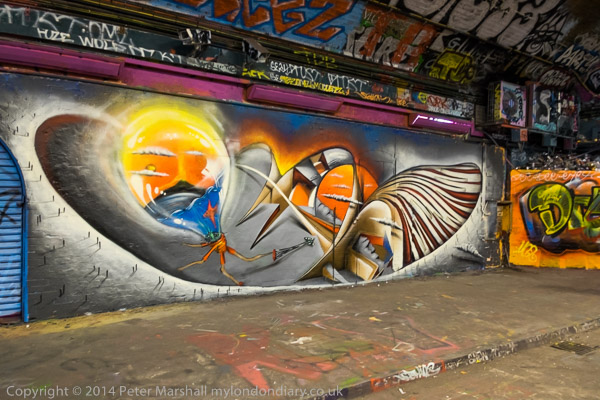
It wasn’t the fastest way to get into Waterloo Station, and took us to the far end from where our trains now run from the former Waterloo International platforms, but we still caught our train with time to spare.
Many more pictures from the walk and museum garden – including more graffiti – on My London Diary at Lambeth Walk.
